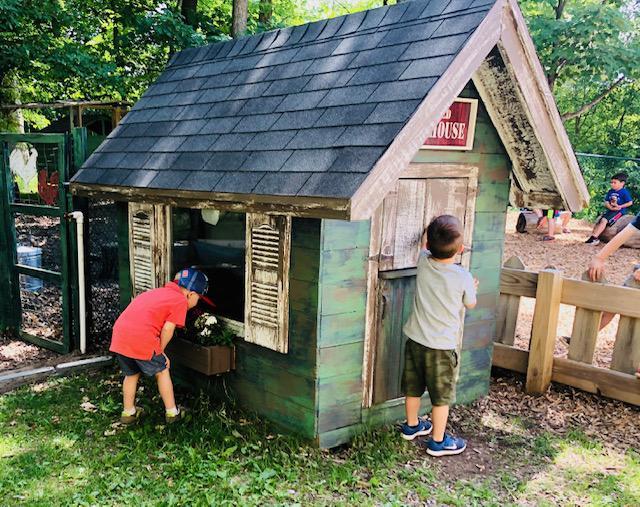
Why does your child need unstructured play? While highly structured, teacher-led activities may dominate the traditional classroom, this isn’t the only effective early childhood education option. If you want to know more about how your child learns through unstructured opportunities, take a look at the what’s and why’s of this type of play and how it fits into the world of Montessori.
What Is Unstructured Play?
Unstructured play is exactly what the name implies: play, minus the structure. Instead of a teacher who dictates specific types of activities or ways to play, unstructured periods are open for the child to explore and take the lead. Sometimes known as open-ended play, unstructured play could include (but isn’t limited to):
- Art. The child is free to choose from a variety of art materials and decides how to use them. Whether they explore with paint, play with clay, cut endless streams of paper with scissors, or combine every process available, the child’s choice is central.
- Outdoor activities. Instead of an adult-organized and led game, the children may run freely, explore the natural world around them, jump, hop, dance, or devise their own games.
- Music. The child creates their own songs, sings at will, makes instruments from available materials, or even decides to form their own imaginative band.
Along with these examples, unstructured play also includes completely open opportunities where the child isn’t given a specific material (or is given a wide variety of materials to choose from). This leaves the child to their own devices — and their own imagination.
Why Include Unstructured Play?
While every early childhood activity won’t include unstructured play, the teacher should add these opportunities throughout the young student’s day. Unstructured play has benefits galore, including the ability to develop:
- Self-regulation. Without a teacher (or other adult) standing over the child directing play periods, the child must learn how to guide and regulate themselves. This can lead to greater self-control.
- Creativity. When a child is constantly told what they should do or how to play with/use materials, they don’t have the chance to develop creativity. Unstructured play encourages the child to use their imagination and create their own individual experiences.
- Independence. Unstructured play requires your child to take the lead. This type of child-centered experience fosters independence and makes your young student less reliant on an adult for direction.
- Leadership. Group unstructured play opportunities allow some children to shine as leaders. A child who creates a group game or initiates and activity has the chance to build leadership skills.
- Communication and social skills. Again, group unstructured play helps children into social roles. Whether it’s a leadership role or not, your child will still build social and communication abilities.
Even though unstructured play has plenty of benefits, some types of schools or educational programs don’t provide the chance to experience it. But that isn’t true for children in Montessori schools. While the Montessori classroom has structure, it also allows children to take the lead and engage in unstructured or less structured options.
How Do Montessori Classrooms Use Unstructured Play?
The prepared environment of the Montessori classroom is set up for child-focused, often unstructured activities. This doesn’t mean the students are allowed to run wild or don’t have any adult guidance during the school day. Instead, children in Montessori:
- Have access to their choice of materials. The teacher creates a classroom environment that’s ready for your child to explore. From art and science to math and literacy, your child has access to a variety of materials and can decide how to use them.
- Can work alone or together. For most work periods the children have a choice whether they want to explore the materials by themselves or interact with their classmates. The teacher typically won’t require them to work in a specific group.
- Decide how to use materials. While the teacher may offer some guidance, they won’t lecture or dictate materials use.
Parents can take the unstructured opportunities their children have at school home. Skip the step-by-step adult-led activities and let your child just play.
Is your child ready to start their Montessori education? Contact Miniapple International Montessori Schools for more information.

